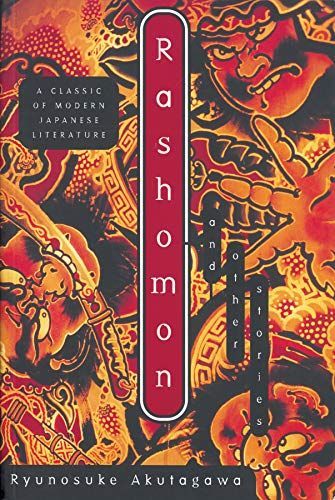
Rashomon and Other Stories
"Clear-eyed glimpses of human behavior in the extremities of poverty, stupidity, greed, vanity… Story-telling of an unconventional sort, with most of the substance beneath the shining, enameled surface." —The New York Times Book Review Widely acknowledged as "the father of the Japanese short story," Ryunosuke Akutagawa remains one of the most influential Japanese writers of all time. Rashomon and Other Stories, a collection of his most celebrated work, resonates as strongly today as when it first published a century ago. This volume includes: In a Grove: An iconic, contradictory tale of the murder of a samurai in a forest near Kyoto told through three varying accounts Rashomon: A masterless samurai contemplates following a life of crime as he encounters an old woman at the old Rashomon gate outside Kyoto Yam Gruel: A low-ranking court official laments his position all the while yearning for his favorite, yet humble, dish The Martyr: Set in Japan's Christian missionary era, a young boy is excommunicated for fathering an illegitimate child, but not all is as it seems Kesa and Morito: An adulterous couple plots to kill the woman's husband as the situation threatens to spin out of control The Dragon: A priest concocts a prank involving a dragon, but the tall tale begins to take on a life of its own With a new foreward by noted Akutagawa scholar Seiji Lippit, this updated version of a classic collection is a an excellent, readable introduction to Japanese literature.
Reviews
Maia Feruzi@maireflections
camillevercaeren @camillevercaeren27